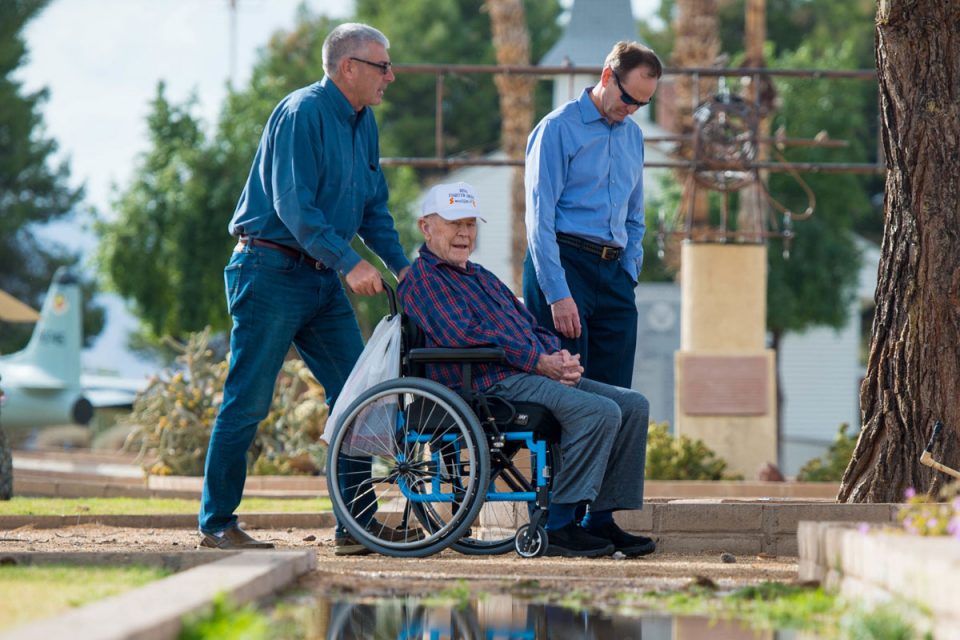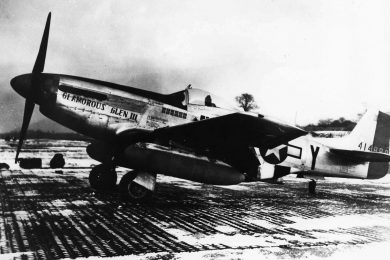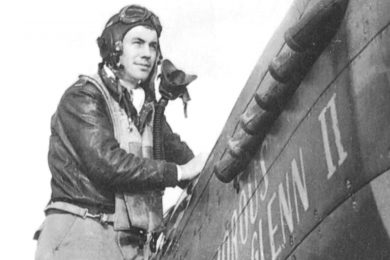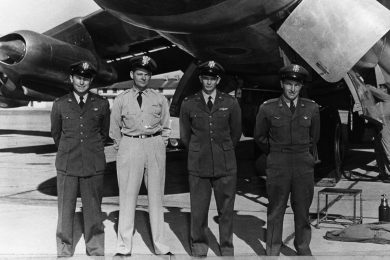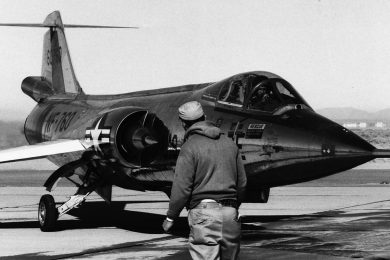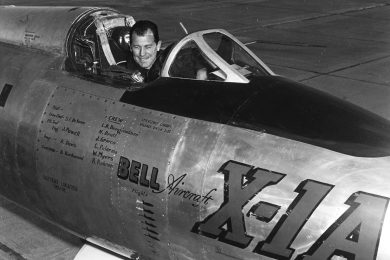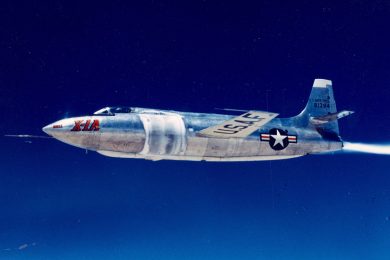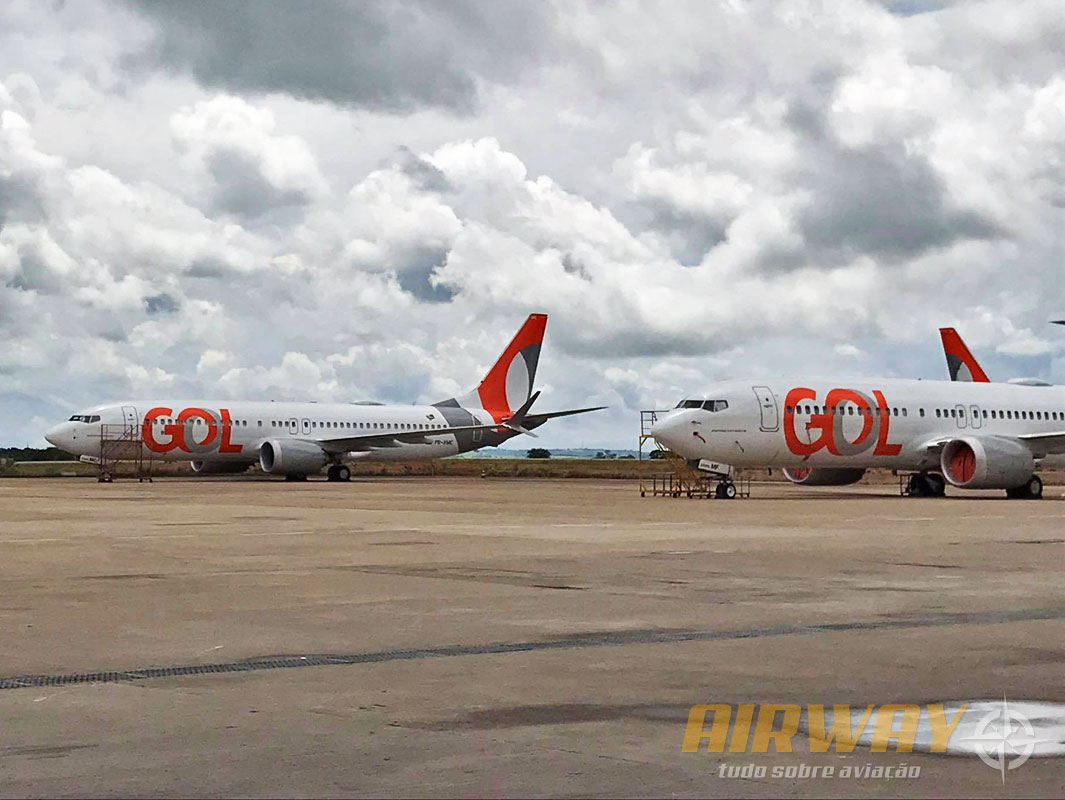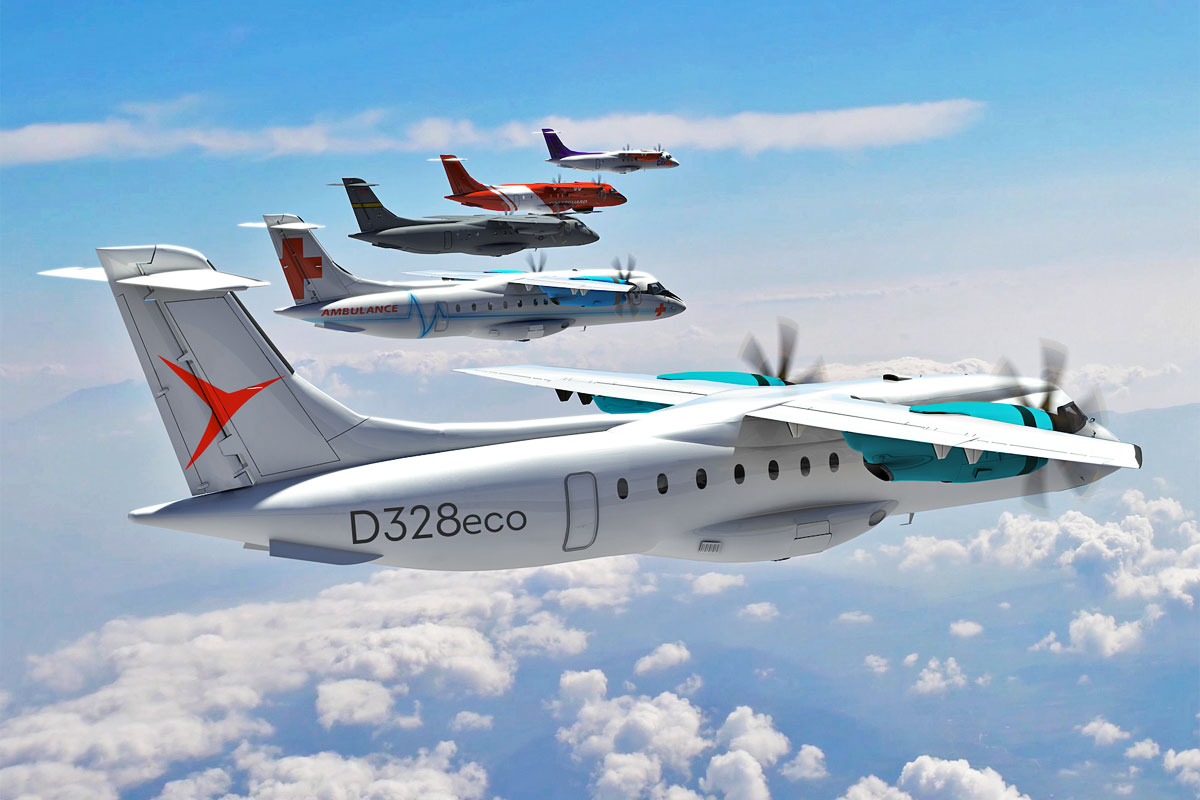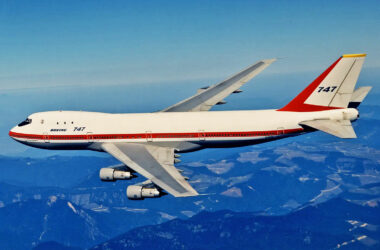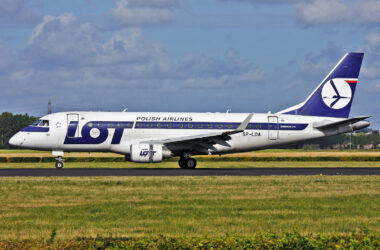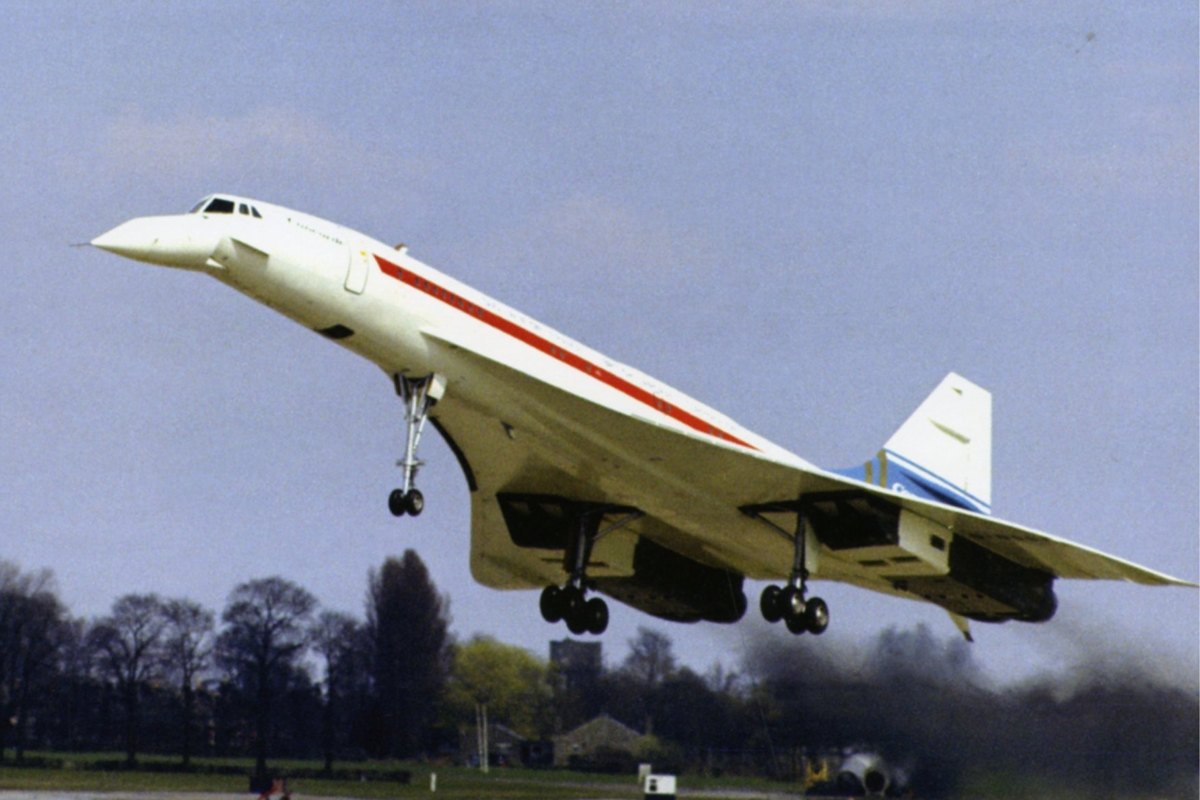Aviation legend Charles “Chuck” Elwood Yeager passed away on Tuesday in Los Angeles at the age of 97. Amid numerous achievements, the American pilot’s main goal is to overcome the sound barrier aboard the Bell X-1 rocket plane, becoming the first “supersonic” person in history.
However, defining Chuck Yeager’s long career just by that historical fact is a huge injustice. The pilot, born in February 1923 in the state of West Virginia, had a career full of spectacular episodes and risked his life so many times that it sounds like irony to have lived almost a century.
The American enlisted in the USAAF in 1941, just a few months before the attack on Pearl Harbor, as an aircraft mechanic, but soon received flight training due to the US entry into World War II. In 1943, Yeager was based in England to fight Nazi Germany aboard the P-51 Mustang fighter “Glamorous Glen“, in honor of his girlfriend and future wife Glennis Yeager (who died in 1990). The following year, on his eighth mission, Chuck was shot down over France, but managed to escape through Spain with the help of local resistance.
Upon returning to England, however, the pilot managed to break a rule that prevented him from returning to combat, at risk of being hit, delivering positions of the French Resistance. With the intervention of General Dwight Eisenhower, Yeager flew the P-51 again and thereby collected records, such as shooting down five enemy planes in a single mission. At the end of the war, he collected 11 downed planes, including the notorious Me.262 jet.
Test pilot
It was because of his experience as an aircraft mechanic and his interest in the technical part of aviation that Chuck became a USAF test pilot at Edwards Air Force Base in California (then called Muroc). Yeager was then appointed by the Air Force to test Bell XS-1 rocket plane, which was trying to break through the sound barrier, by being launched from a B-29 bomber. However, just before the historic flight, on October 14, 1947, he fell off a horse and broke two ribs.
In order not to be removed from the flight, Chuck hid the fact from his superiors and suffered to board the tight cockpit of the X-1, baptized as “Glamorous Glennis“. The orange-colored aircraft was launched and for the first time sounded the famous “supersonic boom” over Rogers Dry Lake in the Mojave Desert.
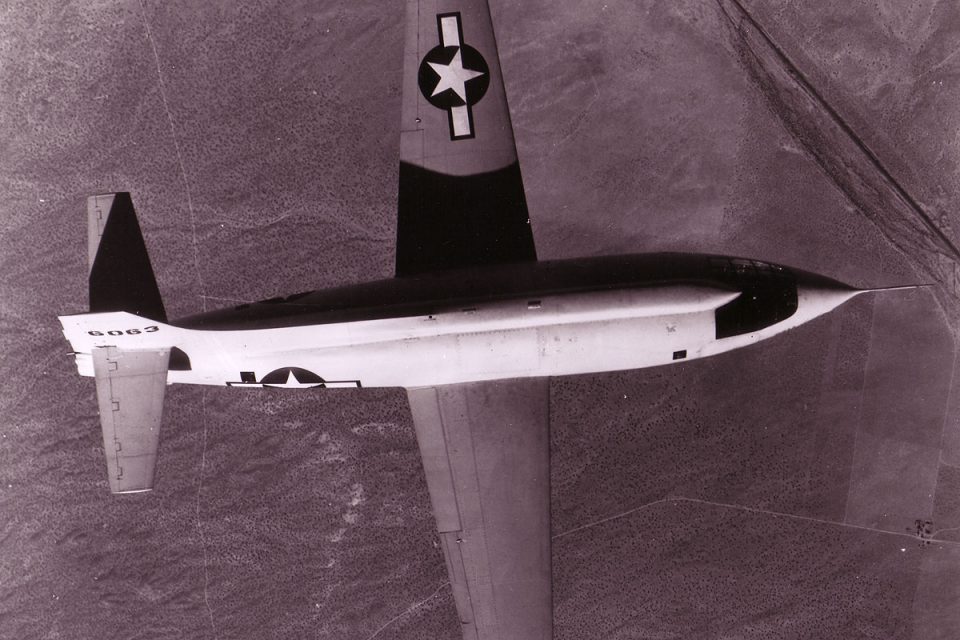
The successful experiment was revealed only in June 1948, putting Chuck Yeager in the annals of history, yet he continued his test pilot career, flying other prototypes at ever-increasing speeds. The risk inherent in the profession almost led to his death in 1953 when, losing control of the X-1A, he plunged 16,000 meters before he managed to stabilize the aircraft.
Chuck Yeager still found time to command fighter squadrons in the US and Europe and a tactical wing based in the Philippines at the time of the Vietnam War. However, the passion for test flight persisted until 1963 after flights on the NF-104 jets and NASA’s M2-F1 lifting body prototype.
Space exploration
Yeager’s list of achievements, however, lacked at least two facts, piloting the X-15 experimental plane, and participating in the US space program.
Already with a higher rank, he participated in the X-15 program selecting pilots who flew in the hypersonic model, among them astronaut Neil Armstrong, the first human being to reach the Moon. At the time, the United States was in the space race against the Soviet Union with the Mercury, Gemini and Apollo programs, but Chuck Yeager was still far from NASA on Air Force missions.
The pilot’s life in aviation was depicted in the book “The Right Stuff”, which later became a film with actor Sam Shepard taking on his role. The story addressed the challenges of the career of test pilots and the first astronauts to launch in Mercury capsules.
A few years earlier, in 1975, he retired from the USAF as a brigadier general at age 52. Since then, Yeager has been honored and revered for decades. Until recently, the veteran pilot still participated in many events and even flew F-15 fighters during celebrations of the anniversary of the first supersonic flight.
Years ago, Chuck explained to a follower on Twitter why he chose to be a pilot: “I was in maintenance, saw pilots had beautiful girls on their arms, didn’t have dirty hands, so I applied.”
